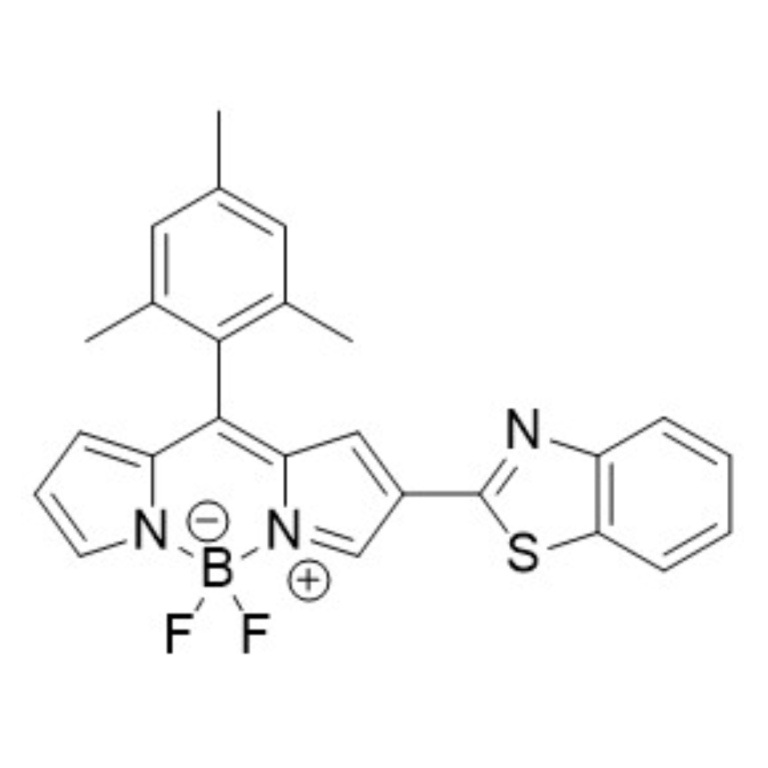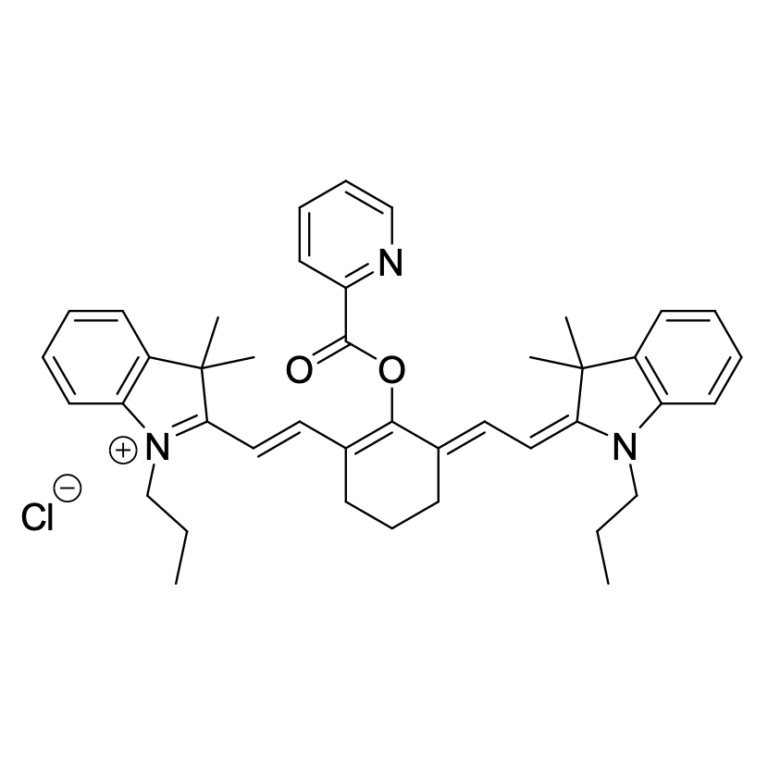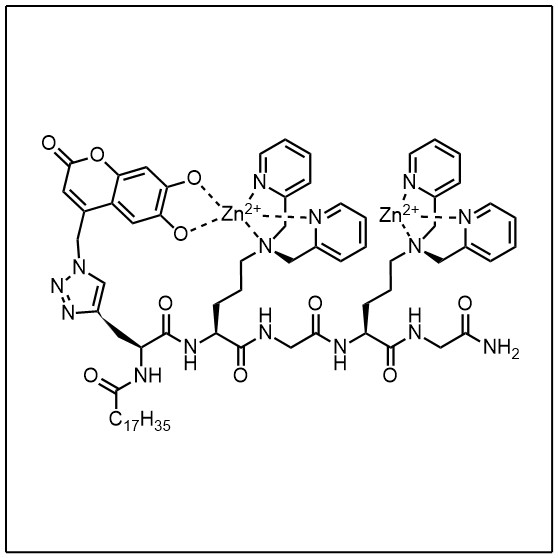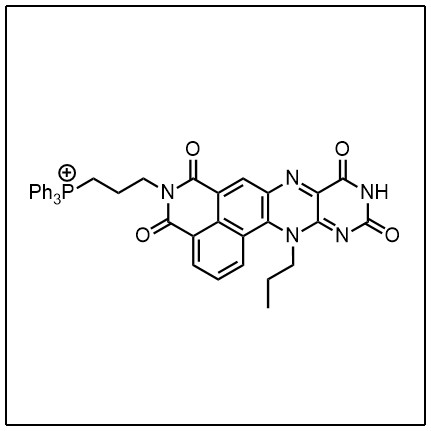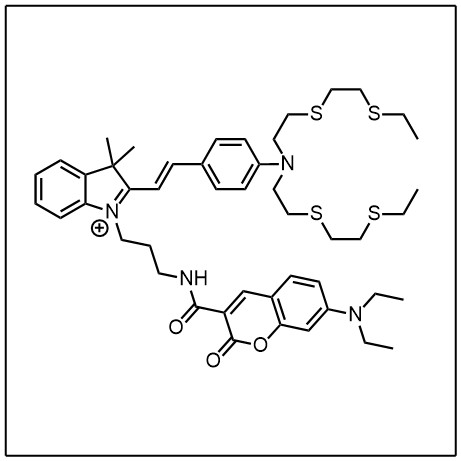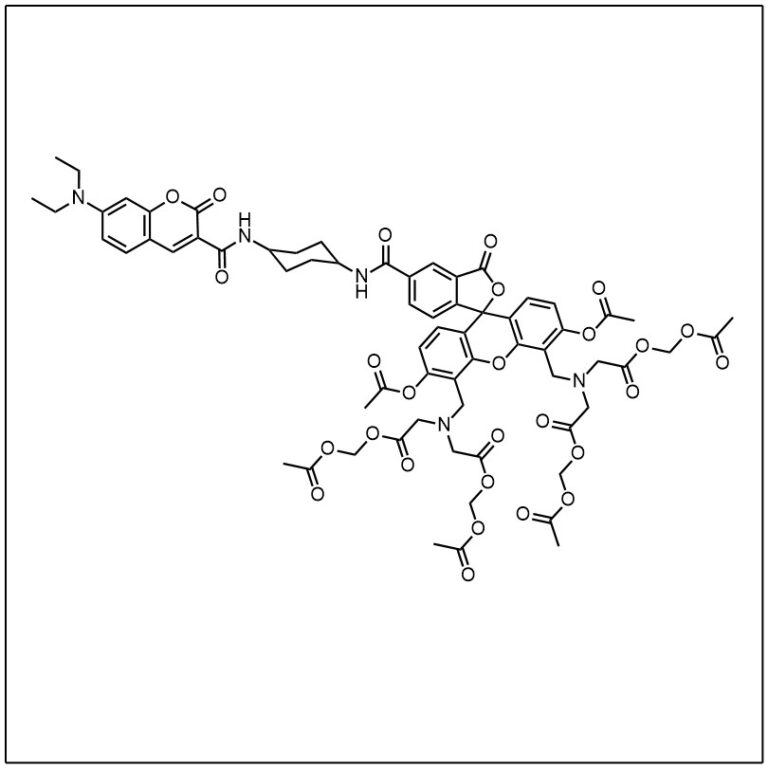Probe Library is a project created by the New and Jolliffe research groups at The University of Sydney. The project aims to provide a hub for information sharing between laboratories and research groups to most efficiently utilise resources.
Our Probes
BOL2
This probe may be used to image lipids droplets in cells using confocal microscopy.
Reference: Analysis & Sensing 2024, 4, e202300049
BOL1
This probe may be used to image lipids droplets in cells using confocal microscopy.
Reference: Analysis & Sensing 2024, 4, e202300049
CyCu1
This probe may be used to image the labile copper pool within cells. A ratiometric response may be observed using fluorescence confocal microscopy.
Reference: ACS Sens. 2024, 9, 6, 2858–2868
NpFR1
This probe may be used to indicate the redox state within cells, via confocal microscopy. The probe displays higher emission intensities under more oxidizing conditions.
Reference:
Chem. Commun., 2014, 50, 8181
NpFR2
This probe may be used to indicate the redox state within mitochondria, via confocal microscopy or flow cytometry. The probe displays higher emission intensities under more oxidizing conditions.
References:
Org. Biomol. Chem., 2015, 13, 6686
InCCu1
This probe may be used to image the labile iron pool within mitochondria. A ratiometric response may be observed using fluorescence confocal microscopy.
References:
Metallomics, 2016, 8 (9), 915
FlCFe1
This probe may be used to image the labile iron pool within cells and tumour spheroids. A ratiometric response may be observed using fluorescence confocal microscopy.
Reference:
Metallomics, 2018, 10 (4), 553


